Search results6 results
COLLECTION
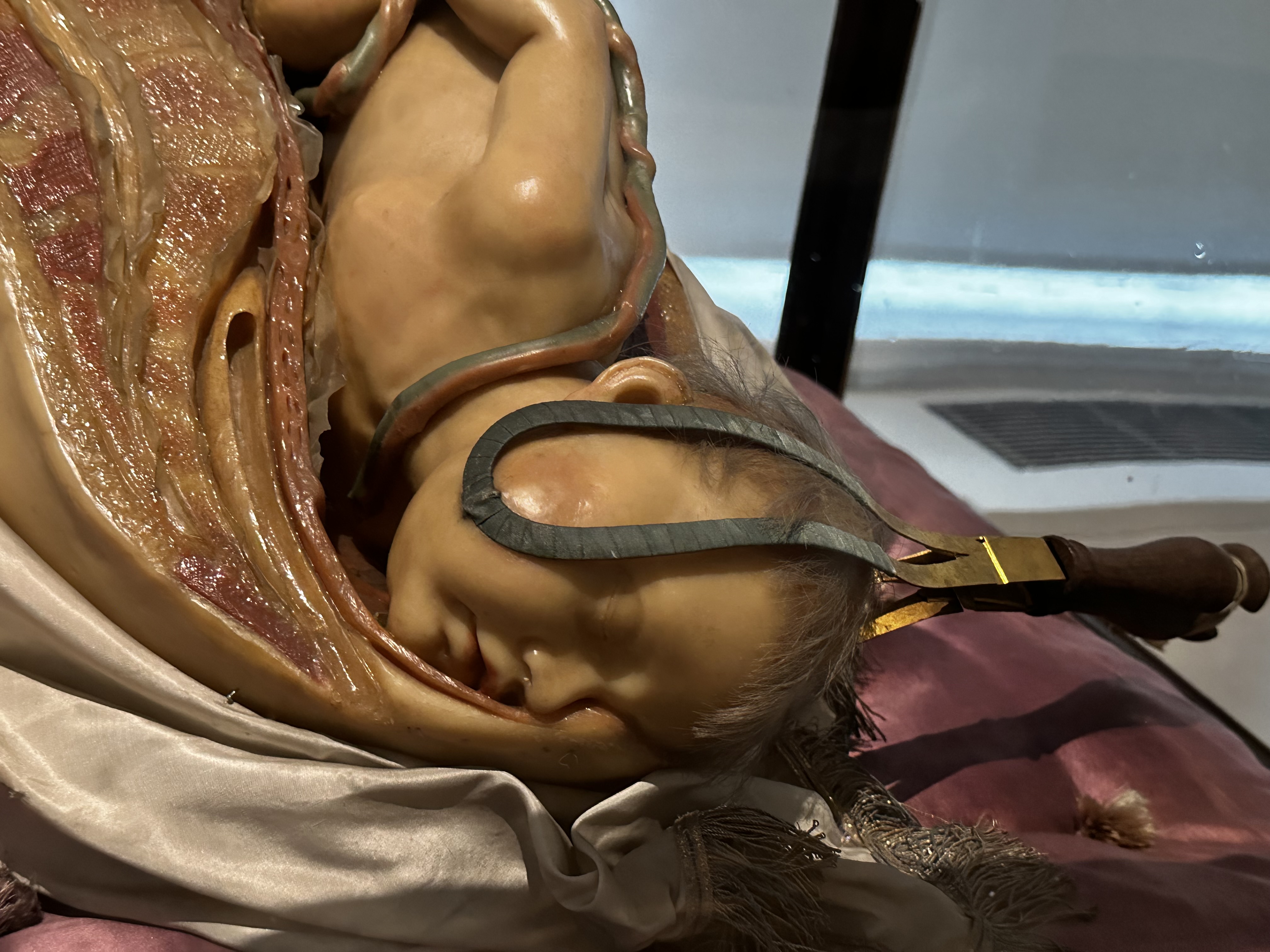
Austria, 18 C.
The Josephinum is the owner of one of the world's largest collections of anatomical wax models from the 18th century, commissioned by the Austrian Emperor Joseph II. The order of 1,192 pieces was made between 1781 and 1784 and fulfilled in Florence under the supervision of the physicist, anatomist and naturalist Felice Fontana, physician and anatomist Paolo Mascagni, and modeller Clemente Susini. Today, the unique collection is on display at the Josephinum and includes full-length models as well as individual body parts, organs and systems. The exhibits are stored in original vitrines of rosewood and Venetian glass.
LIBRARY
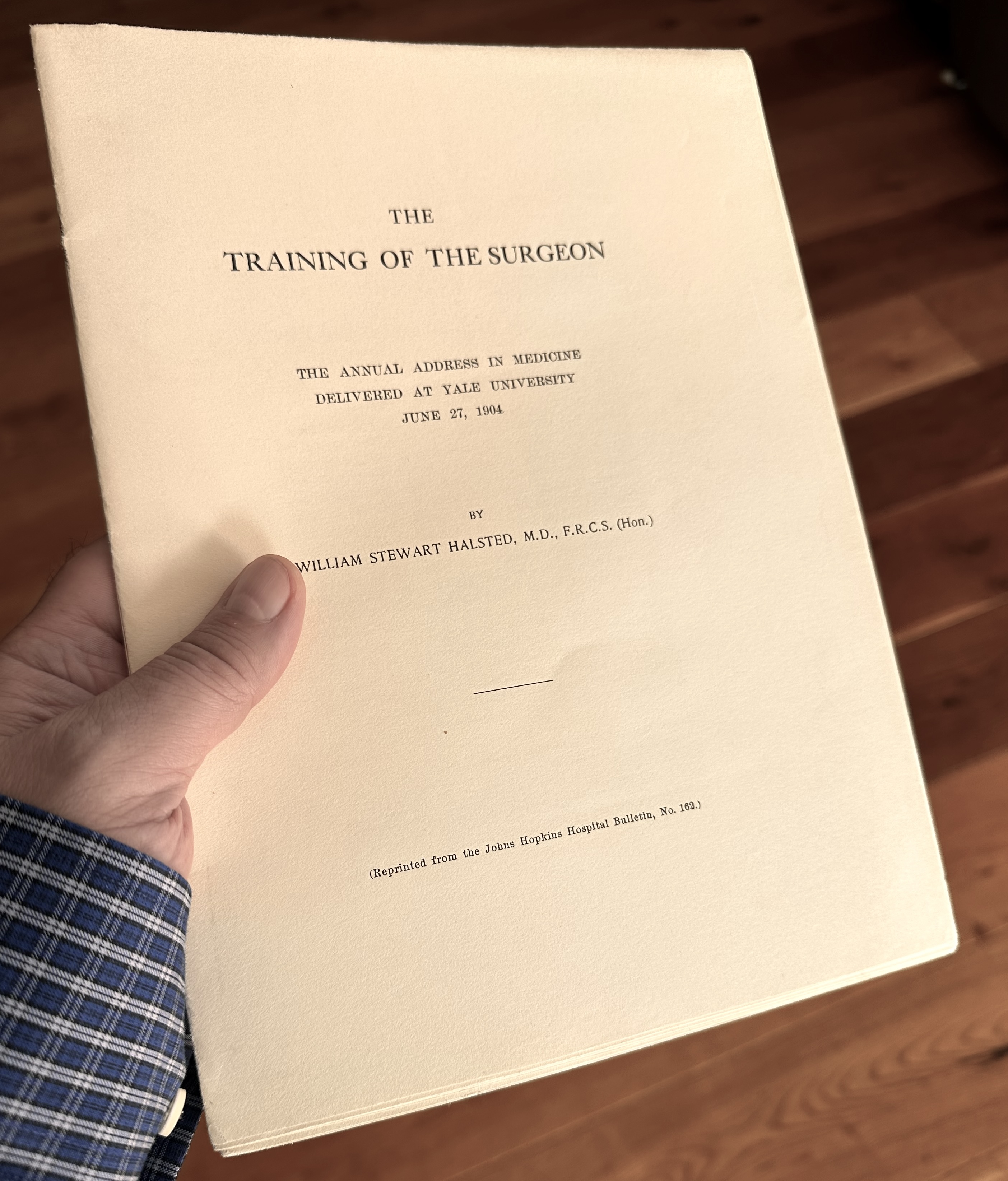
USA, 20 C. 1 half
Halsted, William Steward
The training of the surgeon : the annual address in medicine delivered at Yale University, June 27, 1904 / by William Stewart Halsted. The first edition. This lecture emphasized that surgical skill must be built through rigorous, systematic training rather than quick apprenticeship. He argued for long, carefully supervised residency programs, where surgeons-in-training would gradually assume responsibility while mastering both technical skill and scientific inquiry. This lecture laid the foundation for the modern surgical residency system in the United States.
PEOPLE
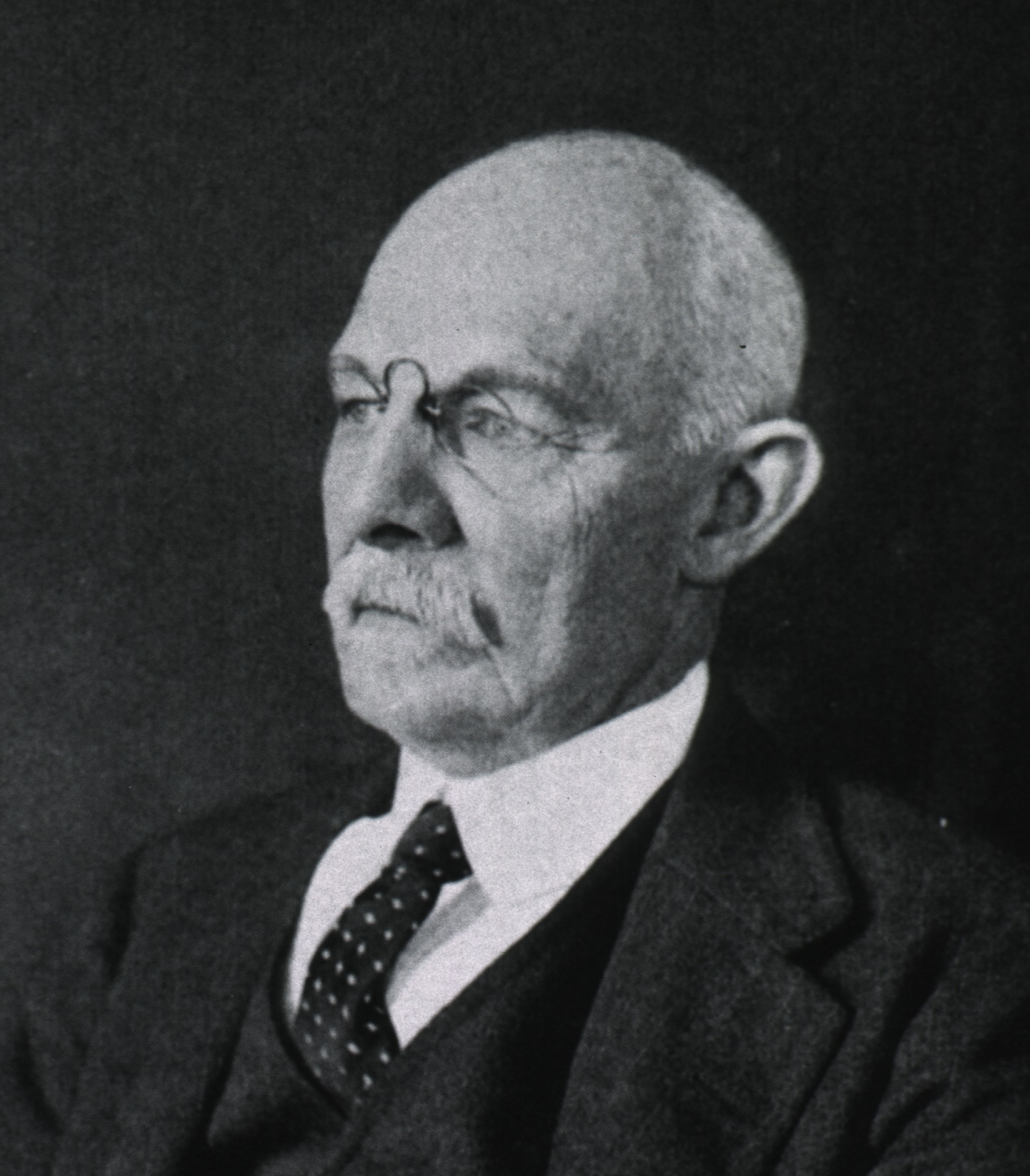
William Stewart Halsted (1852–1922) was an American surgeon, born in New York City, and one of the “Big Four” founding professors of Johns Hopkins Hospital. He studied medicine at Columbia University (graduating in 1877) and refined his skills in Europe (1878-1880). He pioneered aseptic surgical techniques, adopted German surgeons' training system and introduced the first American surgical residency program at Johns Hopkins in 1889. He established the Halstedian principles: gentle tissue handling, meticulous hemostasis, and layered wound closure. In 1889, he also became the first Chief of Surgery at Johns Hopkins. He introduced rubber surgical gloves (1890), initially to protect his nurse and future wife from skin irritation. Halsted also made major contributions to breast cancer surgery (Halstedian radical mastectomy) and the use of local anesthesia, though his experiments led to lifelong cocaine and morphine addiction. He died in 1922 in Baltimore, leaving a legacy as the architect of American modern surgical training and technique.
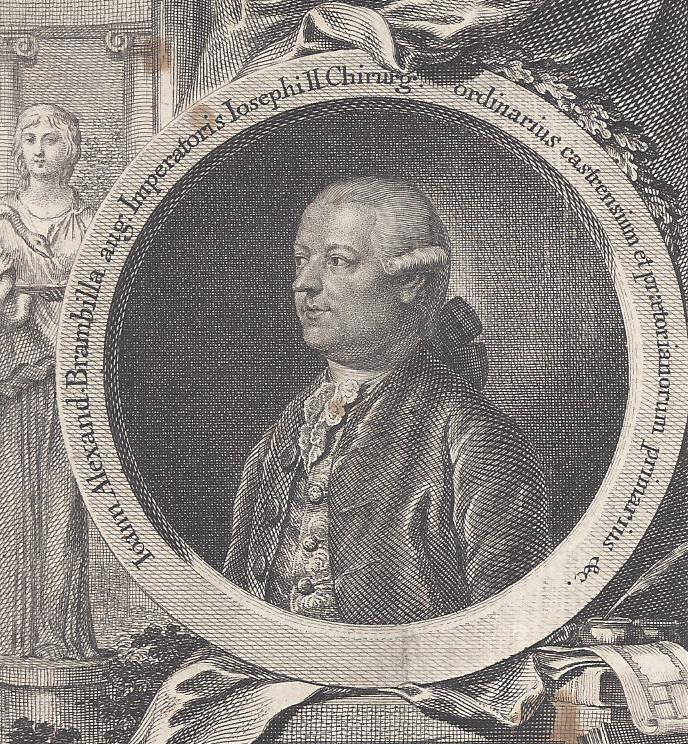
Giovanni Alessandro Brambilla, Baron di Carpiano(San Zenone al Po, April 15, 1728 – Padua, July 30, 1800, was a great Italian and Austrian surgeon, Court Surgeon of the Emperor Joseph II, founder and the first director of the Military Medicine-Surgical Academy Josephinum, Vienna, Austria
FIRM
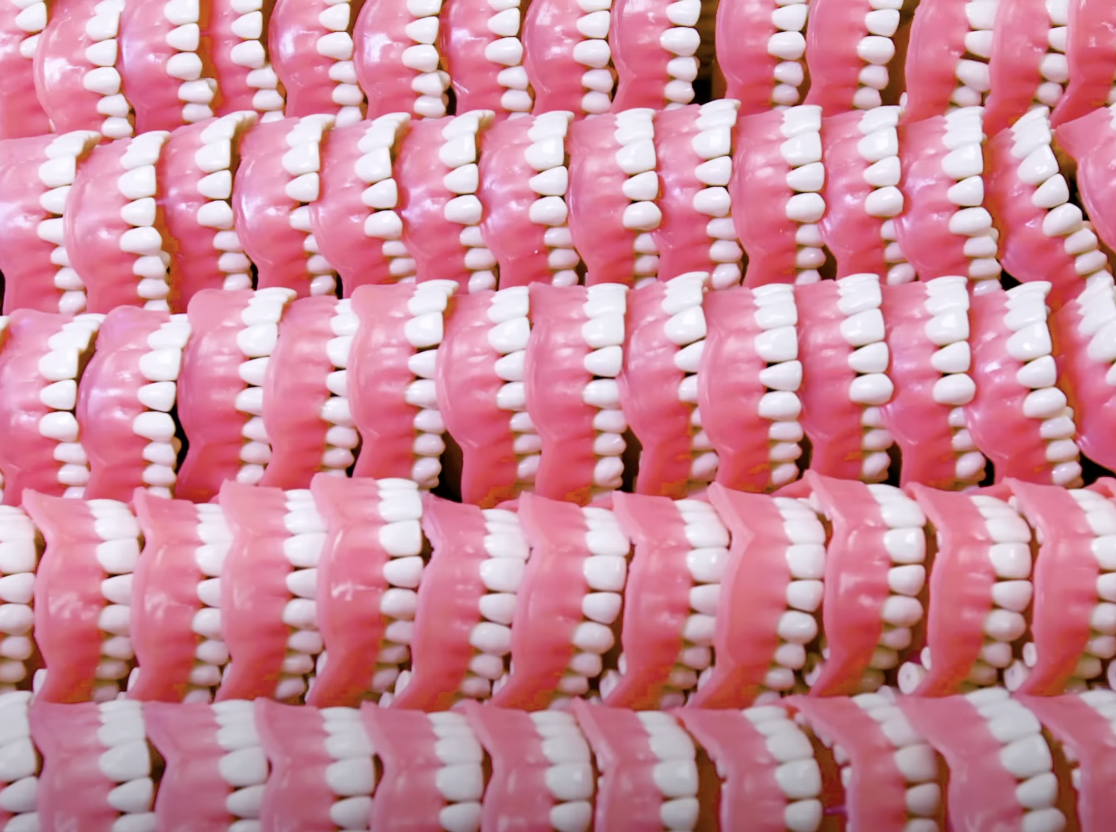
USA, New York
Columbia Dentoform, established in 1917 by Ben Spitzer, a Columbia University Engineering School graduate, began as the Columbia Dental and X-Ray Company in Manhattan, New York. Initially, the company provided x-ray equipment for dental offices and sold articulators and attachments to dental laboratories. Ben Spritzer In 1917, it introduced metal typodonts—his first phantoms for dental teaching and practice. Today, as part of the DentalEZ family of brands, Columbia Dentoform continues to develop and provide high-quality simulation products, maintaining its commitment to improving the instructional process and learning experience for dental students globally.
Articles

Wax anatomical models designed to train physicians and educate the public were once innovative educational teaching aids. Some world-class museums including La Specola in Pisa, Josephinum in Vienna, Palazzo Poggi in Bologna, Science Museum in London, Semmelweis Museum in Budapest, Muséum national d'Histoire naturelle in Paris are proud of their collections. This amazing craft, combining art and science, anatomy and chemistry, practical skill and theoretical knowledge, which stood at the forefront of innovation in the 17th and 18th centuries, originated and flourished in Northern Italy